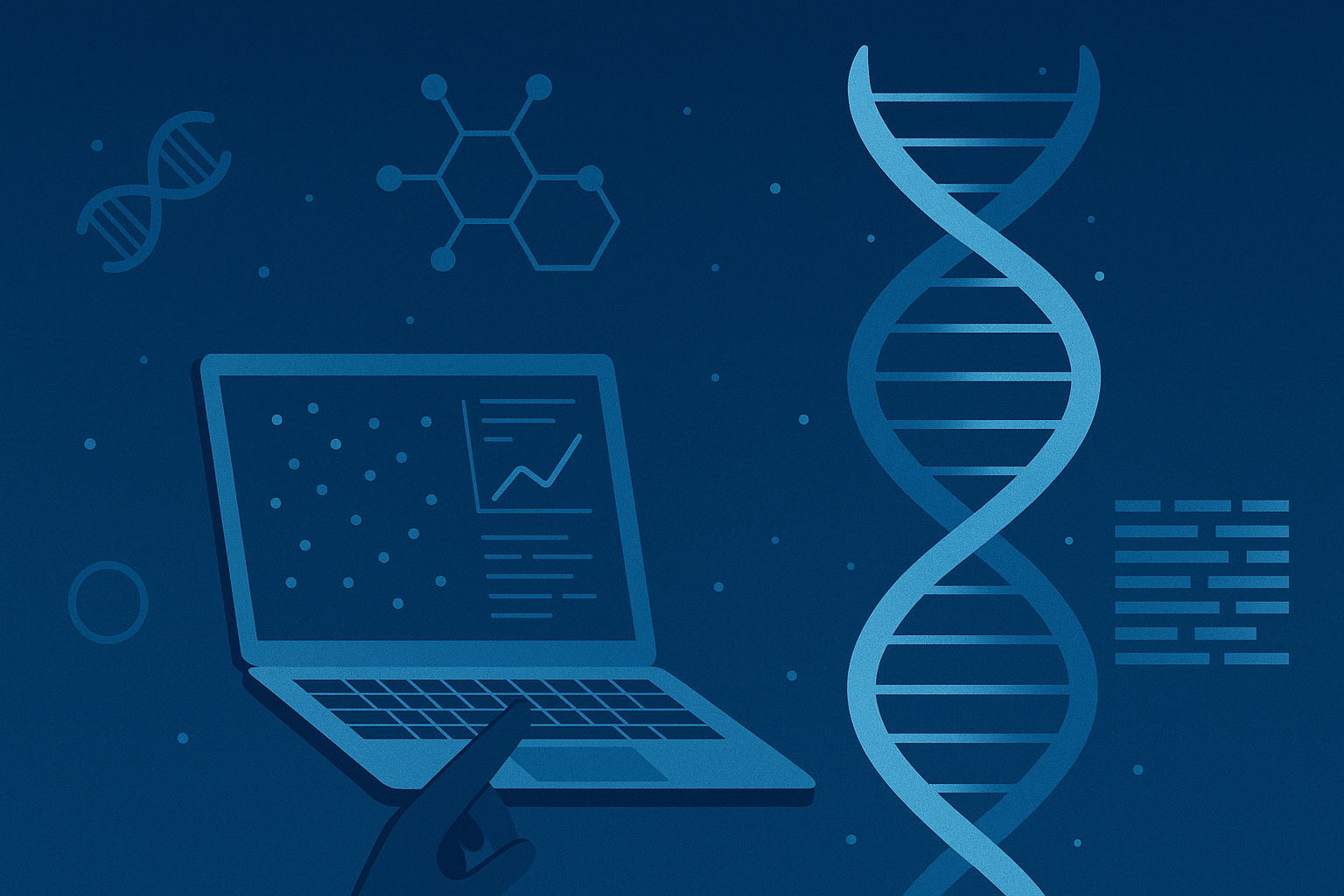Filters
Host (768597)
Bovine (1090)Canine (20)Cat (408)Chicken (1642)Cod (2)Cow (333)Crab (15)Dog (524)Dolphin (2)Duck (13)E Coli (239129)Equine (7)Feline (1864)Ferret (306)Fish (125)Frog (55)Goat (36847)Guinea Pig (752)Hamster (1376)Horse (903)Insect (2053)Mammalian (512)Mice (6)Monkey (601)Mouse (96266)Pig (197)Porcine (70)Rabbit (358709)Rat (11723)Ray (55)Salamander (4)Salmon (15)Shark (3)Sheep (4247)Snake (4)Swine (301)Turkey (57)Whale (3)Yeast (5336)Zebrafish (3022)Isotype (156643)
IgA (13624)IgA1 (941)IgA2 (318)IgD (1949)IgE (5594)IgG (87187)IgG1 (16733)IgG2 (1329)IgG3 (2719)IgG4 (1689)IgM (22029)IgY (2531)Label (239340)
AF488 (2465)AF594 (662)AF647 (2324)ALEXA (11546)ALEXA FLUOR 350 (255)ALEXA FLUOR 405 (260)ALEXA FLUOR 488 (672)ALEXA FLUOR 532 (260)ALEXA FLUOR 555 (274)ALEXA FLUOR 568 (253)ALEXA FLUOR 594 (299)ALEXA FLUOR 633 (262)ALEXA FLUOR 647 (607)ALEXA FLUOR 660 (252)ALEXA FLUOR 680 (422)ALEXA FLUOR 700 (2)ALEXA FLUOR 750 (414)ALEXA FLUOR 790 (215)Alkaline Phosphatase (825)Allophycocyanin (32)ALP (387)AMCA (80)AP (1160)APC (15217)APC C750 (13)Apc Cy7 (1248)ATTO 390 (3)ATTO 488 (6)ATTO 550 (1)ATTO 594 (5)ATTO 647N (4)AVI (53)Beads (225)Beta Gal (2)BgG (1)BIMA (6)Biotin (27817)Biotinylated (1810)Blue (708)BSA (878)BTG (46)C Terminal (688)CF Blue (19)Colloidal (22)Conjugated (29246)Cy (163)Cy3 (390)Cy5 (2041)Cy5 5 (2469)Cy5 PE (1)Cy7 (3638)Dual (170)DY549 (3)DY649 (3)Dye (1)DyLight (1430)DyLight 405 (7)DyLight 488 (216)DyLight 549 (17)DyLight 594 (84)DyLight 649 (3)DyLight 650 (35)DyLight 680 (17)DyLight 800 (21)Fam (5)Fc Tag (8)FITC (30165)Flag (208)Fluorescent (146)GFP (563)GFP Tag (164)Glucose Oxidase (59)Gold (511)Green (580)GST (711)GST Tag (315)HA Tag (430)His (619)His Tag (492)Horseradish (550)HRP (12960)HSA (249)iFluor (16571)Isoform b (31)KLH (88)Luciferase (105)Magnetic (254)MBP (338)MBP Tag (87)Myc Tag (398)OC 515 (1)Orange (78)OVA (104)Pacific Blue (213)Particle (64)PE (33571)PerCP (8438)Peroxidase (1380)POD (11)Poly Hrp (92)Poly Hrp40 (13)Poly Hrp80 (3)Puro (32)Red (2440)RFP Tag (63)Rhodamine (607)RPE (910)S Tag (194)SCF (184)SPRD (351)Streptavidin (55)SureLight (77)T7 Tag (97)Tag (4710)Texas (1249)Texas Red (1231)Triple (10)TRITC (1401)TRX tag (87)Unconjugated (2110)Unlabeled (218)Yellow (84)Pathogen (489613)
Adenovirus (8665)AIV (315)Bordetella (25035)Borrelia (18281)Candida (17817)Chikungunya (638)Chlamydia (17650)CMV (121394)Coronavirus (5948)Coxsackie (854)Dengue (2868)EBV (1510)Echovirus (215)Enterovirus (677)Hantavirus (254)HAV (905)HBV (2095)HHV (873)HIV (7865)hMPV (300)HSV (2356)HTLV (634)Influenza (22132)Isolate (1208)KSHV (396)Lentivirus (3755)Lineage (3025)Lysate (127759)Marek (93)Measles (1163)Parainfluenza (1681)Poliovirus (3030)Poxvirus (74)Rabies (1519)Reovirus (527)Retrovirus (1069)Rhinovirus (507)Rotavirus (5346)RSV (1781)Rubella (1070)SIV (277)Strain (67790)Vaccinia (7233)VZV (666)WNV (363)Species (2982223)
Alligator (10)Bovine (159546)Canine (120648)Cat (13082)Chicken (113771)Cod (1)Cow (2030)Dog (12745)Dolphin (21)Duck (9567)Equine (2004)Feline (996)Ferret (259)Fish (12797)Frog (1)Goat (90451)Guinea Pig (87888)Hamster (36959)Horse (41226)Human (955186)Insect (653)Lemur (119)Lizard (24)Monkey (110914)Mouse (470743)Pig (26204)Porcine (131703)Rabbit (127597)Rat (347841)Ray (442)Salmon (348)Seal (8)Shark (29)Sheep (104984)Snake (12)Swine (511)Toad (4)Turkey (244)Turtle (75)Whale (45)Zebrafish (535)Technique (5597646)
Activation (170393)Activity (10733)Affinity (44631)Agarose (2604)Aggregation (199)Antigen (135358)Apoptosis (27447)Array (2022)Blocking (71767)Blood (8528)Blot (10966)ChiP (815)Chromatin (6286)Colorimetric (9913)Control (80065)Culture (3218)Cytometry (5481)Depletion (54)DNA (172449)Dot (233)EIA (1039)Electron (6275)Electrophoresis (254)Elispot (1294)Enzymes (52671)Exosome (4280)Extract (1090)Fab (2230)FACS (43)FC (80929)Flow (6666)Fluorometric (1407)Formalin (97)Frozen (2671)Functional (708)Gel (2484)HTS (136)IF (12906)IHC (16566)Immunoassay (1589)Immunofluorescence (4119)Immunohistochemistry (72)Immunoprecipitation (68)intracellular (5602)IP (2840)iPSC (259)Isotype (8791)Lateral (1585)Lenti (319416)Light (37250)Microarray (47)MicroRNA (4834)Microscopy (52)miRNA (88044)Monoclonal (516109)Multi (3844)Multiplex (302)Negative (4261)PAGE (2520)Panel (1520)Paraffin (2587)PBS (20270)PCR (9)Peptide (276160)PerCP (13759)Polyclonal (2762994)Positive (6335)Precipitation (61)Premix (130)Primers (3467)Probe (2627)Profile (229)Pure (7808)Purification (15)Purified (78305)Real Time (3042)Resin (2955)Reverse (2435)RIA (460)RNAi (17)Rox (1022)RT PCR (6608)Sample (2667)SDS (1527)Section (2895)Separation (86)Sequencing (122)Shift (22)siRNA (319447)Standard (42468)Sterile (10170)Strip (1863)Taq (2)Tip (1176)Tissue (42812)Tube (3306)Vitro (3577)Vivo (981)WB (2515)Western Blot (10683)Tissue (2015946)
Adenocarcinoma (1075)Adipose (3459)Adrenal (657)Adult (4883)Amniotic (65)Animal (2447)Aorta (436)Appendix (89)Array (2022)Ascites (4377)Bile Duct (20)Bladder (1672)Blood (8528)Bone (27330)Brain (31189)Breast (10917)Calvaria (28)Carcinoma (13493)cDNA (58547)Cell (413805)Cellular (9357)Cerebellum (700)Cervix (232)Child (1)Choroid (19)Colon (3911)Connective (3601)Contaminant (3)Control (80065)Cord (661)Corpus (148)Cortex (698)Dendritic (1849)Diseased (265)Donor (1360)Duct (861)Duodenum (643)Embryo (425)Embryonic (4583)Endometrium (463)Endothelium (1424)Epidermis (166)Epithelium (4221)Esophagus (716)Exosome (4280)Eye (2033)Female (475)Frozen (2671)Gallbladder (155)Genital (5)Gland (3436)Granulocyte (8981)Heart (6850)Hela (413)Hippocampus (325)Histiocytic (74)Ileum (201)Insect (4880)Intestine (1944)Isolate (1208)Jejunum (175)Kidney (8075)Langerhans (283)Leukemia (21541)Liver (17340)Lobe (835)Lung (6064)Lymph (1208)Lymphatic (639)lymphocyte (22572)Lymphoma (12782)Lysate (127759)Lysosome (2813)Macrophage (31794)Male (1617)Malignant (1465)Mammary (1985)Mantle (1042)Marrow (2210)Mastocytoma (3)Matched (11710)Medulla (156)Melanoma (15522)Membrane (105772)Metastatic (3574)Mitochondrial (160319)Muscle (37419)Myeloma (748)Myocardium (11)Nerve (6398)Neuronal (17028)Node (1206)Normal (9486)Omentum (10)Ovarian (2509)Ovary (1172)Pair (47185)Pancreas (2843)Panel (1520)Penis (64)Peripheral (1912)Pharynx (122)Pituitary (5411)Placenta (4038)Prostate (9423)Proximal (318)Rectum (316)Region (202210)Retina (956)Salivary (3119)Sarcoma (6946)Section (2895)Serum (24880)Set (167654)Skeletal (13628)Skin (1879)Smooth (7577)Spinal (424)Spleen (2292)Stem (8892)Stomach (925)Stroma (49)Subcutaneous (47)Testis (15393)Thalamus (127)Thoracic (60)Throat (40)Thymus (2986)Thyroid (14121)Tongue (140)Total (10135)Trachea (227)Transformed (175)Tubule (48)Tumor (76921)Umbilical (208)Ureter (73)Urinary (2466)Uterine (303)Uterus (414)Bioinformatics for Gene Editing
Gene editing has revolutionized the biological sciences, offering targeted and efficient methods to modify genomes. Technologies such as CRISPR-Cas9, TALENs, and ZFNs have made it possible to alter DNA with remarkable specificity. But these tools don’t function in isolation — they rely heavily on bioinformatics, the discipline at the crossroads of biology, data science, and computational engineering. Without bioinformatics, gene editing would lack precision, scalability, and safety.
This article explores how bioinformatics tools and techniques drive innovations in gene editing, from guide RNA design to off-target prediction, variant analysis, genomic annotation, and clinical-grade validation.
Genprice
Scientific Publications

Bioinformatics for Gene Editing
1. The Role of Bioinformatics in the Gene Editing Workflow
1.1 Guide RNA (gRNA) Design
At the heart of CRISPR-Cas9 gene editing lies the guide RNA, which directs the Cas9 nuclease to the intended DNA sequence. Bioinformatics algorithms analyze genomic regions to select optimal gRNAs with:
- High on-target efficiency
- Minimal off-target activity
- GC content and secondary structure compatibility
Popular tools include:
- CRISPOR
- CHOPCHOP
- Benchling CRISPR Tool
These tools utilize large genomic datasets (e.g., from Ensembl or UCSC Genome Browser) to offer ranked predictions of candidate gRNAs.
1.2 Off-Target Effect Prediction
One of the biggest safety concerns in gene editing is unintended modifications. Bioinformatics pipelines use alignment algorithms like Bowtie, BLAST, and BWA to scan the entire genome for sequences that partially match the target site. Scoring matrices predict cleavage probability at each location.
Advanced methods use machine learning models trained on experimental data, such as:
- DeepCRISPR
- CRISTA
These improve accuracy in diverse genetic backgrounds.
2. Annotating the Genome: Where to Edit?
2.1 Functional Genomics and Annotation Databases
Before editing, it’s essential to understand the biological context of a gene or locus. Bioinformatics tools map genes to pathways, expression levels, and phenotypes using:
- Gene Ontology (GO)
- KEGG Pathway Database
- NCBI RefSeq
- Gencode
These databases help identify regulatory regions, isoforms, noncoding RNAs, and protein domains that should be preserved or targeted depending on the application.
2.2 Population Variation and SNP Analysis
Not all individuals have the same genome. Bioinformatics tools leverage data from:
to detect single nucleotide polymorphisms (SNPs) or structural variants near the editing site. This avoids designing gRNAs on polymorphic regions that could reduce efficiency in specific populations.
3. Post-Editing Analysis and Validation
3.1 Next-Generation Sequencing (NGS) Data Interpretation
Following editing, NGS is used to assess the success rate, mutation spectrum, and off-target effects. Bioinformatics workflows parse FASTQ files to:
- Align reads with tools like BWA or STAR
- Call variants using GATK
- Visualize edits with IGV
Paired-end sequencing increases confidence in detecting small indels or point mutations induced by CRISPR editing.
3.2 Predicting Functional Impact
Bioinformatics also helps evaluate how edits influence protein structure, splicing, or gene regulation using:
This is essential when editing genes involved in disease, as functional prediction informs safety and efficacy.
4. Scaling Gene Editing with Bioinformatics Infrastructure
4.1 High-Throughput Screening
Modern gene editing often involves editing thousands of genes simultaneously using libraries. Bioinformatics is required to:
- Design pooled CRISPR libraries
- Track barcode sequences in multiplex experiments
- Analyze gene knockout phenotypes using RNA-seq or proteomics
Popular platforms include:
- DepMap
- Project Score
4.2 Integration with AI Models
The future of gene editing will involve AI-driven prediction models for gRNA activity, immune evasion (e.g., Cas9 antigenicity), and gene essentiality. Integrating bioinformatics pipelines with deep learning accelerates the discovery of new gene targets.
Ethical and Regulatory Considerations
Though not a focus for research blogs, bioinformatics also plays a crucial role in meeting regulatory compliance by:
- Documenting gRNA design decisions
- Archiving in silico validation reports
- Sharing reproducible pipelines via platforms like BioConda and DockerHub
Institutions such as NCBI, NIH, and EBI often host frameworks or guidance documents for ensuring transparent bioinformatics practices.
Conclusion: The Invisible Engine of Precision
Bioinformatics is not just a supporting tool — it is the invisible engine that drives safe, precise, and reproducible gene editing. From the selection of target sites to the interpretation of results, computational biology bridges the gap between theoretical design and biological reality.
As gene editing technologies evolve, bioinformatics will become even more integral, incorporating multi-omics integration, predictive modeling, and cloud-based genome analysis platforms to expand possibilities and minimize risks.
Tags
- Biology
- LifeSciences
- Genetics
- MolecularBiology
- Genomics
- Bioinformatics
- Biotechnology
- Bioengineering
- Research
